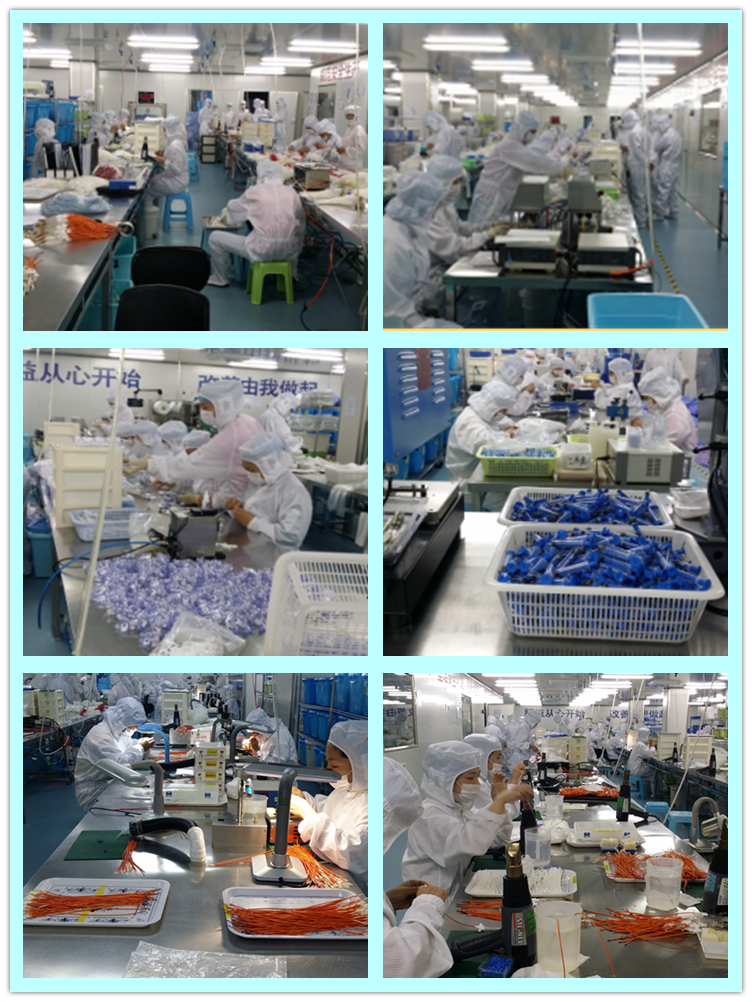Pepper blight can be diseased at both the seedling stage and the adult plant stage, but it usually occurs at the seedling stage: especially in the late seedling stage. Symptoms: The pathogens are mainly harmful to the stem base of the seedlings. At the onset of the disease, oval-shaped dark brown spots appear on the base of the pepper seedlings and stems. When the disease began, the seedlings wilted during the day and returned to normal sooner or later. With continued development, the lesion gradually expands and swells, circling around the stem for a week, causing contracture, which results in the death of the seedlings. However, the seedlings do not immediately fall down and remain in an upright state. Therefore, it is called “wild blight†and is different from damping-off disease. feature. When the humidity is high, the spidery sparse light brown mold layer can be seen in the diseased part, and there is no obvious white mold, which can be treated differently from damping-off disease. Control measures: 1 Seed treatment. Use "seed dressing double" to sterilize seeds. 2 bed soil disinfection. Bed soil disinfection should pay attention to, can not be used alone with quintozene nitrobenzene, must be mixed with 50% of the same amount of Fumei double wettable powder, 8-10 grams per square meter, mix fine soil 10-15 kg, 1/3 sprinkle Spread the bottom of the bed and cover the seeds after 2/3 sowing. 3 Strengthen seedbed management and reasonable ventilation. Regulate seedbed management, reduce seedbed humidity, and prevent seedbed temperature from rising to low. 4 chemical control. At the beginning of the disease, spray 20% of methyl-prepared phosphoric acid emulsifiable concentrate 1200 times, 36% of methylthiophos-phosphate 500 times, 15% of hymexazide 450 times, and 5% of Jinggangmycin. 1500 times liquid and so on. If damping-off and damping-off occur together, use 72.2% Precloxone 800 times with 50% thiram WP 600 times. Spray the stem around the base and around the ground, spray once every 7-8 days, spray 2-3 times.
Antimicrobial central venous catheters are discussed as a device to reduce catheter-related infections. Previously we have reported a study with 223 adult surgical patients randomized to receive either a rifampicin-miconazole-loaded Central Venous Catheter (CVC) (n=118) or a standard CVC (n=105). The antimicrobial CVC was shown to reduce catheter colonization (CC) and catheter-related local infection (CRI) significantly even at long-term catheterization. Here, we present further evaluation of the study focusing on possible benefits for high-risk patients. Subgroup analyses showed a pronounced reduction of CC and CRI in male, overweight and oncology patients. Important covariates were skin colonization for CC and oncological disease for CRI. Odds ratio (OR) for reducing CC was 0.076 (95% CI: 0.016-0.360) and CRI was reduced from 26% to 2.3% (p=0.001) in the cancer subgroup. Ex vivo long-term antimicrobial activity of modified catheters exceeded 4 weeks.
*Related Products:Anti-microbial Central Venous Catheter Kit,Anti-microbial Central Venous Line Kit.
Antimicrobial Central Venous Catheter Anti-Microbial Central Venous Catheter,Anti-Microbial Central Venous Line,Central Venous Line,Anti-microbial Central Venous Catheter Kit,Anti-microbial Central Venous Line Kit Anesthesia Medical Co., Ltd. , http://www.sinoanesthesia.com


